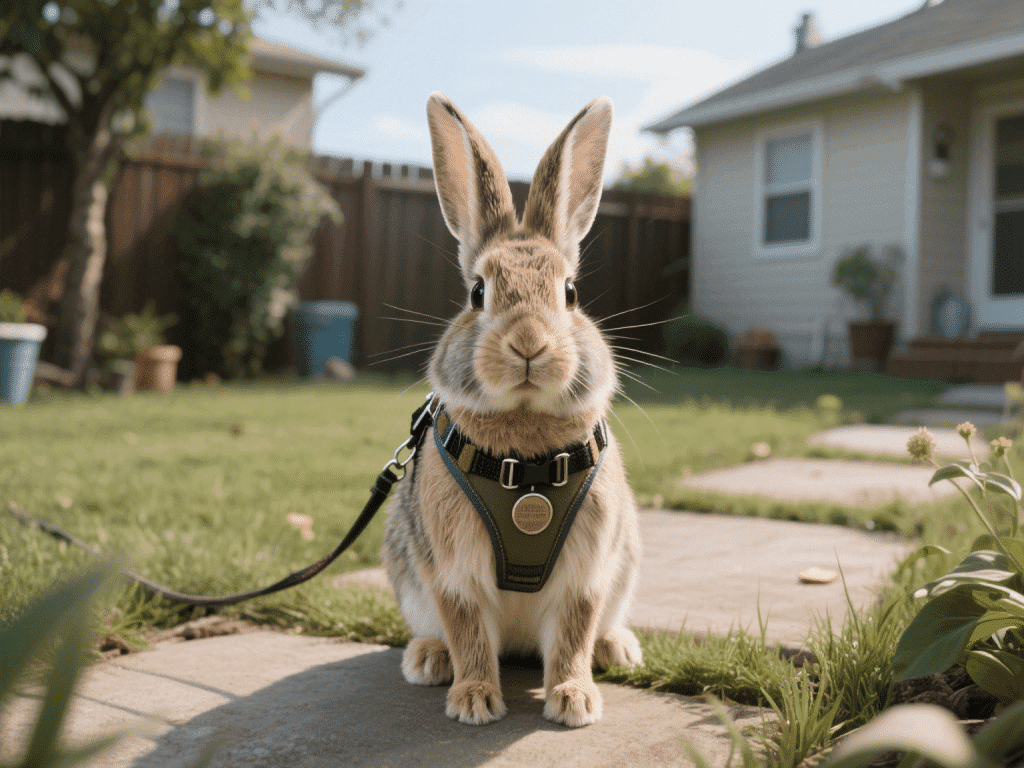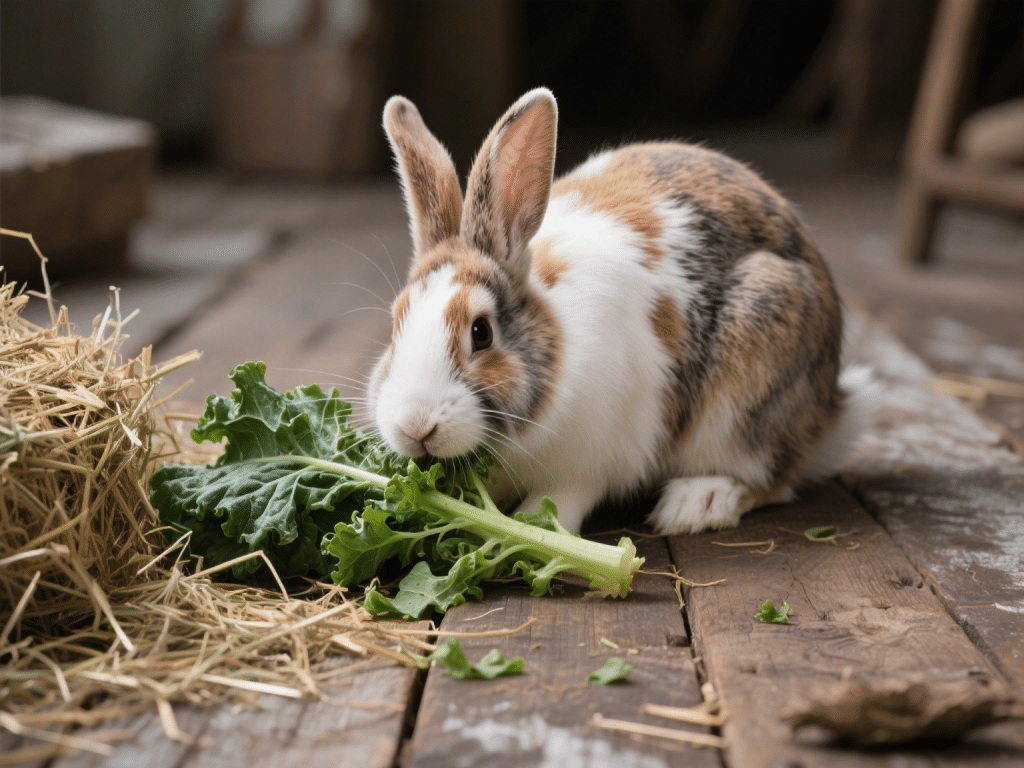
Outdoor time enriches a rabbit’s life, but safety is paramount. As a professional rabbit trainer, I’ve helped owners worldwide teach their bunnies to safely navigate gardens and parks. This comprehensive approach covers equipment selection, stepwise training, and environmental risk management.
1. Choosing the Ideal Harness
Opt for an H‑style harness with wide, padded straps that distribute pressure evenly. Look for adjustable buckles to achieve a snug yet comfortable fit. Avoid neck‑only collars—they can cause injury and escape.
2. Introducing the Harness Indoors
Begin in a low‑stress area—your living room’s corner works well. Let your rabbit sniff and investigate the harness for several minutes. Reward calm behavior with fresh cilantro or a small carrot slice.
3. Fitting the Harness: First Try
Gently slip the harness on, keeping sessions under 3 minutes initially. Praise and offer treats continuously. Remove as soon as any sign of panic (thumping, crouching, or frantic scratching) appears.
4. Gradual Duration Increases
Over five days, incrementally increase harness time by 1–2 minutes per session, always paired with positive reinforcement. By day six, most rabbits tolerate 10–12 minutes comfortably.
5. Leash Introduction and Indoor Walks
Attach a lightweight, 6‑foot leash. Guide your rabbit in gentle circles, avoiding sudden tugs. If your rabbit freezes, pause and wait—rabbits respond well to calm patience, not force.
6. Transition to a Secure Outdoor Area
Choose a fully fenced lawn, free of pesticides and toxic plants (e.g., azalea, rhododendron). Start with shaded spots to prevent heat stress. Keep initial outdoor sessions under 5 minutes.
7. Environmental Awareness and Safety Checks
Inspect the area for holes, sharp objects, and predatory threats (neighborhood cats, birds of prey). Always stay within arm’s reach. Keep a vase of water at hand for both you and your bunny.
8. Building Confidence and Enrichment
Lay down a familiar blanket or toy outside to create a safe zone. Let your rabbit explore at their own pace. Introduce new textures—grass, mulch, stone—and supervise their reactions closely.
9. Post‑Outdoor Routine
After returning indoors, gently brush your rabbit to remove debris and check for ticks or insect bites. Offer a favorite treat and some quiet cuddle time to reinforce positive associations.
10. Common Pitfalls and Solutions
Harness Escape: Ensure harness is snug; two‑finger rule between harness and body.
Overheating: Avoid outdoor time above 75°F; rabbits are heat‑sensitive.
Startle Response: If your rabbit darts, remain calm, lower the leash, and encourage them to hide under a portable tunnel or blanket.










